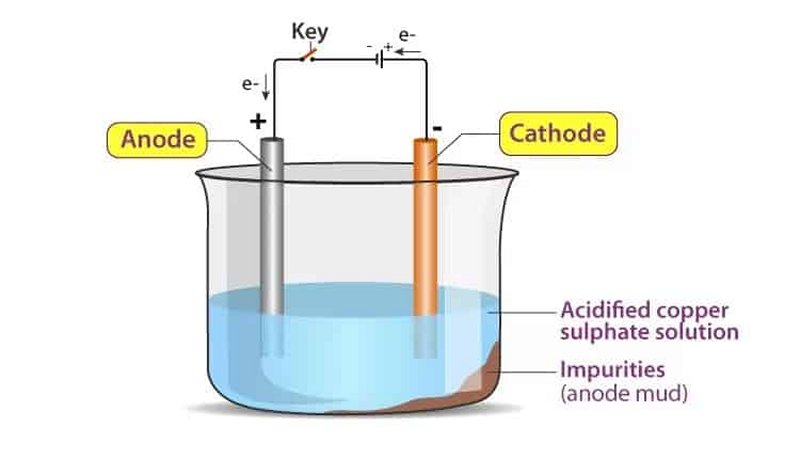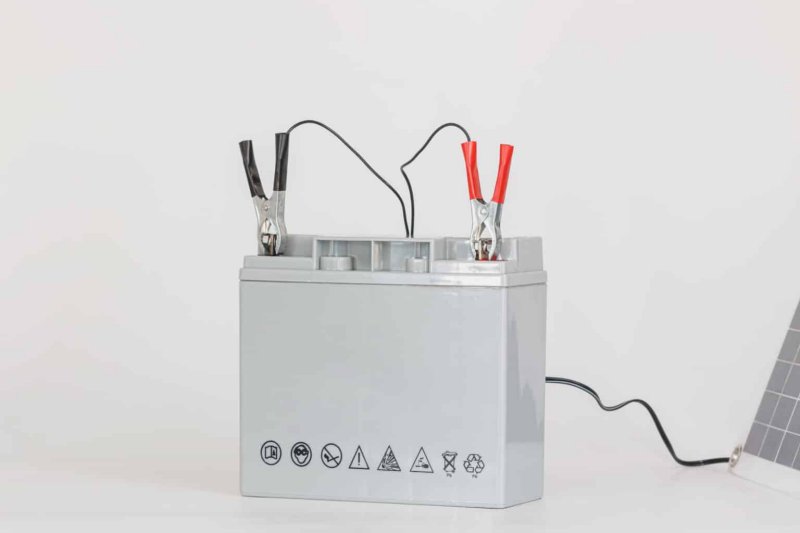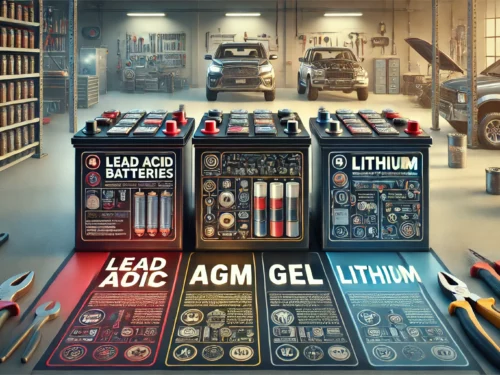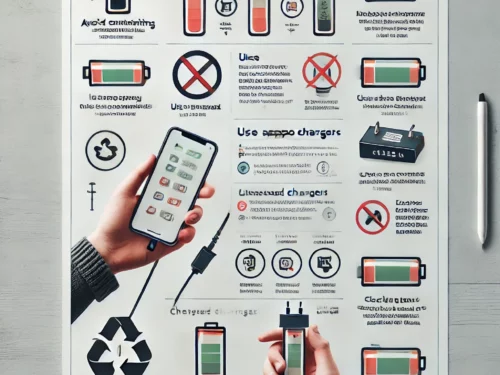
You’ve probably heard of various types of batteries like lithium-ion or lead-acid. But have you ever delved into the world of gel batteries? In today’s fast-paced tech environment, understanding these powerhouses can give you an edge.
What Makes a Gel Battery Different
Every time you pick up a battery, you’re holding a complex piece of science. In the case of gel batteries, it’s not just about electricity; it’s about the gel. Unlike other batteries that use a liquid electrolyte, gel batteries use – you guessed it – a gel. This isn’t just a quirky feature; it has significant implications.

- Gel Composition: The major difference lies in the electrolyte. Instead of the liquid found in traditional lead-acid batteries, gel batteries use a thickened silica-based gel, which holds the electrolyte in place. This gives rise to the term “gel” battery.
- Sealed Design: A gel battery is completely sealed, which means that there’s no risk of acid leakage. This not only makes handling safer but also allows for flexible placement options. You might have observed the strict upright placement warning on many batteries; that’s not a concern with gel batteries.
- Gas Recombination: Inside a gel battery, the oxygen evolved at the positive plates will largely recombine with the hydrogen ready to evolve on the negative plate, creating water. This prevents water loss, making the battery maintenance-free.
- Deep Discharge Recovery: Gel batteries can recover from periods of deep discharge. While it’s not recommended to regularly deplete any battery, gel batteries have a higher resilience to such events.
Diving Into the Gel: The Core Science
The inner workings of a battery might seem complex, but when you peel back the layers, it all boils down to chemistry and material science. Gel batteries, with their unique construction and characteristics, stand out from the crowd.
- Basic Battery Anatomy: At the heart of any battery, including gel batteries, are two electrodes – the anode (negative) and the cathode (positive) – and an electrolyte. The electrolyte serves as a medium for the flow of ions between these electrodes, facilitating the battery’s energy production.
- Electrolyte Transformation: In traditional lead-acid batteries, the electrolyte is a liquid. However, in gel batteries, silica dust is added to the liquid electrolyte, transforming it into a thick, paste-like gel. This gelatinous consistency immobilizes the electrolyte, preventing it from flowing or spilling.
- Chemical Reactions: When a gel battery is discharging, the lead dioxide (PbO2) in the cathode reacts with the sulfuric acid in the gel electrolyte to produce lead sulfate (PbSO4) and water. Meanwhile, at the anode, the sponge lead (Pb) also reacts with the sulfuric acid to form lead sulfate. These reactions produce electric energy. During charging, these reactions are reversed, restoring the battery’s original components.
- Gas Recombination: One standout feature of gel batteries is the recombination of gases. During the charging process, hydrogen and oxygen gases can be produced. However, in gel batteries, these gases mostly recombine to form water within the battery itself. This recombination is a crucial reason why gel batteries are virtually maintenance-free, as they don’t require water to be added regularly.
- Temperature Sensitivity: The gel in the battery can be sensitive to high temperatures. Overcharging a gel battery, especially at elevated temperatures, can cause the gel to break down and separate, reducing the battery’s effectiveness. This is why it’s crucial to use chargers designed specifically for gel batteries to prevent overheating.
- Deep Discharge Capabilities: One of the reasons gel batteries are favored in many applications is their ability to withstand deep discharges without significant damage. The gel’s consistency helps maintain a uniform distribution of the electrolyte, ensuring that the battery can continue to function even after being deeply discharged.
Applications: Where You Might Find Gel Batteries

Gel batteries have carved out a space for themselves in a range of applications, thanks to their unique attributes such as spill-proof design, deep cycle capability, and low maintenance requirements. Here are some areas where they’ve made an impact:
- Solar Power Systems: In off-grid and solar backup systems, gel batteries are often preferred because of their deep cycle capabilities. They can be discharged and recharged repeatedly without significant loss of capacity. Their resilience to varying temperature conditions also makes them an ideal candidate for solar applications, which can often be exposed to extreme temperatures.
- Uninterruptible Power Supplies (UPS): For critical systems like data centers, hospitals, and telecommunication towers, even a short power outage can have dire consequences. Gel batteries, with their reliable and maintenance-free nature, are commonly used in UPS systems to ensure a seamless transition to backup power.
- Wheelchairs and Mobility Scooters: The need for a safe, durable, and reliable power source in mobility aids makes gel batteries an obvious choice. Their sealed design ensures no acid spillage, which is essential for the safety of users.
- Marine Applications: Boats and marine environments can be harsh on batteries due to vibrations, potential tilting, and saltwater exposure. Gel batteries, with their spill-proof nature and resistance to vibrations, are often chosen for marine electronics and trolling motors.
- Recreational Vehicles (RVs) and Campers: RV enthusiasts require batteries that can handle deep discharges, especially when they’re off the grid. Gel batteries, with their long life and deep cycle properties, are a favorite among many RV owners.
- Emergency Lighting Systems: Safety regulations in many regions mandate the use of emergency lighting systems in commercial and residential buildings. Gel batteries are often incorporated into these systems because of their reliability and maintenance-free nature.
- Golf Carts: The stop-and-go nature of golf carts requires a battery that can handle numerous discharge and recharge cycles. Gel batteries fit this role perfectly.
- Remote Monitoring Systems: In areas where it’s challenging to regularly maintain or check equipment, like remote weather stations or surveillance systems, the long-lasting and low maintenance aspects of gel batteries come into play.
- Backup Power for Telecommunications: Maintaining communication lines, especially in remote areas, requires reliable backup power. The long lifespan and stable output of gel batteries make them a popular choice for this sector.
- Alarm and Security Systems: In security systems, reliability is paramount. Gel batteries provide the consistent performance needed to ensure these systems remain operational, especially during power outages.
Advantages of Gel Batteries
With the unique characteristics of gel batteries, they offer a series of advantages that cater to specific needs and applications.
- Safety: Thanks to the sealed design and gel consistency, there’s minimal risk of acid spillage, even if the battery breaks. This safety feature makes them ideal for use in sensitive equipment and environments.
- Maintenance-Free Operation: You won’t find yourself needing to top off a gel battery with distilled water or electrolyte, which is a common requirement for traditional lead-acid batteries. The gas recombination process ensures minimal water loss.
- Long Lifespan: With proper care and under optimal conditions, gel batteries boast a longer service life compared to many other types of batteries. This means fewer replacements and better value over time.
- Deep Discharge Resilience: As mentioned earlier, gel batteries have a knack for bouncing back from deep discharges. While other batteries might falter or see reduced lifespans after being deeply drained, gel batteries hold their ground.
- Temperature Resistant: Gel batteries can operate efficiently across a wide range of temperatures. Whether it’s the chilly depth of winter or the peak of summer, they’re less prone to performance drops than their liquid-filled counterparts.
- Minimal Self-Discharge: All batteries lose some charge when not in use, but gel batteries have a notably lower self-discharge rate. So, even if you aren’t using your battery-powered equipment for a while, a gel battery will retain most of its charge.
- Vibration and Shock Resistance: The thick gel and robust construction grant these batteries enhanced resistance to vibrations and shocks, making them suitable for rugged applications like off-road vehicles and marine environments.
By now, you should have a solid grasp on the science behind gel batteries. From their unique gel composition to their impressive list of advantages, it’s clear why they’re becoming a favorite in various applications. Next time you come across one, you’ll know exactly what’s happening inside that compact, gel-filled powerhouse.








